
What is Tokyo Subway Coupon?

Tokyo Subway Ticket is a transportation pass specifically designed for foreign tourists. It allows unlimited rides on all 13 subway lines and over 250 stations within the Tokyo subway network for 24 to 72 hours, covering almost all of the Tokyo metropolitan area.
There are two subway companies operating in Tokyo: Tokyo Metro with nine lines and Toei Subway with four lines. When riding the subway in Tokyo, if you transfer to another subway company’s line, you need to pay two separate fares. However, with a Tokyo Subway Ticket, not only can you transfer without paying extra, but you can also ride an unlimited number of times each day.
The minimum fare for each ride on the Tokyo subway is 170 Japanese yen, so if you ride three times or more a day, it is very cost-effective. The three-day ticket is more cost-effective than the one-day ticket, with an average lower daily price. You can choose the type of ticket based on your own needs when purchasing.
Instructions for use
- Only foreign travelers (non-Japanese) can purchase Tokyo Subway Tickets.
- The ticket can be used on all 13 lines of Tokyo Metro and Toei Subway.
- The usage time is calculated in hours. For example, if you start using a 24-hour ticket at 5 pm on the first day, it can be used until 5 pm on the second day, and the 48-hour and 72-hour tickets follow the same rule.
Where to buy Tokyo Subway Tickets?
After purchasing online, you will receive an electronic voucher. You can exchange it for a physical ticket at designated locations such as Tokyo Narita Airport, Haneda Airport, Osaka Kansai Airport, Harajuku, Shinjuku Tokyo Railway Counter, etc.
Detailed information on ticket collection points:
(1) JTR counter at Tokyo Narita International Airport
- Counter location: 1st floor of Terminal 1, South Arrival Lobby
- Opening hours: 08:30-22:00
- Counter phone: 070-1259-9348
(2) JTR counter at Tokyo Haneda International Airport
- Counter location: 2nd floor of International Terminal, right front of the arrival hall
- Opening hours: 08:30-22:00
- Counter phone: 070-1259-9349
(3) JTR counter at Harajuku
- Counter location: 1st floor of Harajuku Tourist Information Center, Shibuya-ku, Tokyo
- Opening hours: 10:00-17:00
- Counter phone: 03-5770-5131
Route and Station Attractions

The Tokyo subway is divided into 13 lines, which are the orange Ginza Line (G), red Marunouchi Line (M), silver Hibiya Line (N), light blue Tozai Line (T), green Chiyoda Line (C), yellow Yurakucho Line (Y), purple Hanzomon Line (Z), teal Namboku Line (N), brown Fukutoshin Line (F), pink Toei Asakusa Line (A), blue Toei Mita Line (I), grass green Toei Shinjuku Line (S), and peach Oedo Line (E).
If it is your first time in Tokyo, you may feel dizzy looking at the complicated subway map! We recommend that you start with these five lines: “Toei Oedo Line (E), Toei Asakusa Line (A), Hibiya Line (H), Ginza Line (G), and Fukutoshin Line (F)”, because many of the most popular tourist attractions are located on these five lines.
Toei Oedo Line (E)
- Shinjuku Nishiguchi (E01): Shinjuku, a shopping paradise with many department stores
- Kasuga (E07): Tokyo Dome and Korakuen Amusement Park
- Honkomagome San-chome (E08): The University of Tokyo
- Ueno-Okachimachi (E09): Ameyoko Shopping Street, a place for cheap cosmetics and snacks
- Akabanebashi (E21): Tokyo Tower
- Roppongi (E23): Roppongi Hills Observation Deck, a popular spot to see Tokyo Tower
Toei Asakusa Line (A)
- Shinbashi (A10): A major transit station to Odaiba
- Ningyocho (A16): Ningyocho Yokocho, an old-fashioned shopping street
- Asakusa (A18): Senso-ji Temple and Azuma-bashi Bridge
- Oshiage (A20): Tokyo Skytree
Hibiya Line (H)
- Nakameguro (H01): A great spot for cherry blossom viewing
- Kamiyacho (H05): Tokyo Tower
- Ginza (H08): A high-end department store district Tsukiji (H10): Tsukiji Outer Market, the freshest seafood can be found here
- Akihabara (H15): Akihabara Electric Town, where you can buy all kinds of 3C products, electronics, and anime
Ginza Line (G)
- Shibuya (G01): A representative place for Japanese pop culture
- Ginza (G09): A district of high-end department stores and flagship stores of various brands
- Suehirocho (G14): Akihabara Electric Town, where you can buy all kinds of 3C products, electronics, and anime
- Ueno (G16): Ameyoko Shopping Street, a place for cheap cosmetics and snacks
Fukutoshin Line (F)
- Ikebukuro (F09): A place where you can find everything, from department stores to drugstores and electronics stores, also a good choice for accommodation
- Meiji-jingumae (F15): Harajuku, Takeshita Street, Omotesando, and Ura-Harajuku, the preferred shopping district.
Selected Attractions
1. Sensoji temple

The world-famous Sensoji Temple is located at Asakusa Station on the Ginza Line (G)/Toei Asakusa Line (A). Sensoji Temple is the oldest temple in Tokyo and is adorned with the famous red “Kaminarimon” gate lantern. Inside the temple grounds, there is a “Nakamise-dori” shopping street with various unique shops selling local snacks and souvenirs. As you continue further, you will see the main hall of the Sensoji Temple.



Tips:
Sensoji temple
Address: 2-3-1, Asakusa, Taitou-ku, Tokyo, 111-0032
Transportation: Take Ginza Line (G) or Duying Asakusa Line (A) to Asakusa Station
06:00 – 17:00 every day, and the opening time from October to March is 6:30

Since you are in Tokyo, why not try a kimono experience? There are many kimono rental shops in Asakusa that offer dressing services, allowing visitors to wear traditional Japanese clothing and tour Asakusa in style.

2. Ueno

Taking the Ginza Line (G) subway from Asakusa, you can arrive at Ueno Station (G16) in just a five-minute ride. Ameyokocho in Ueno is a shopping street located near Ueno Station, and it is completely different from the upscale shopping districts in Tokyo.
It can be described as a paradise for budget shopping, with prices so low that many goods are almost the same price as those found at night markets. You can buy many drugs, clothing, and small accessories here at lower prices. If you enjoy hunting for treasures among vendors and small shops, you should definitely not miss Ameyokocho!


Tips:
Ueno Amihiromachi
Address: 4-9-14 Ueno, Taitō, Tokyo 110-0005
Transportation: Take the Ginza Line (G)/Nippo Valley Line (N) to Ueno Station, or Duying Daedo Line (E) to Ueno Yutucho Station
Most of the stores are from 11:00 to 20:00. It is recommended to go there near noon
If you want to do more than just shopping, there are many interesting attractions in Ueno. For example, Ueno Zoo with cute pandas, the only National Museum of Science in Japan, the Shitamachi Museum showcasing the traditional downtown Tokyo from a hundred years ago, and the National Museum of Western Art, the Ueno Mori Art Museum, and the Tokyo Metropolitan Art Museum, all of which showcase many art collections and are well worth a visit.
These attractions are all located around Ueno Station and Ueno Park, and are easily accessible by walking, so you can choose according to your preferences.


3. Ginza

When it comes to shopping in Tokyo, many people immediately think of Ginza! Ginza can be reached by taking the Ginza Line (G), Hibiya Line (H), or Marunouchi Line (M) on the subway.
Ginza is one of the world’s three major shopping streets, along with London’s Oxford Street and New York’s Fifth Avenue. It has a concentration of major international brand flagship stores, department stores, and Michelin-starred restaurants, and is the most expensive location in Japan.

The entire Ginza shopping district is quite large, and it is usually explored together with the surrounding areas of Yurakucho and Hibiya.
The landmark department store of Ginza, TOKYU PLAZA GINZA, is a must-visit and features three floors of fashionable clothing, unique crafts, and Japanese-style goods.
In addition, Ginza also has the 100-year-old stationary store, Itoya, which specializes in chic stationery and paper products.
Nearby Yurakucho is a popular destination for young people seeking affordable fashion, with a wide variety of trendy clothing and accessories, household goods, and drugstores that will definitely keep you occupied for hours.

Tips:
Transportation: Take the subway Ginza Line (G)/Ribegu Line (H)/Maruzhi Line (M) to Ginza Station
4. Tokyo Tower

Take the Tokyo Metro Hibiya Line (H) to Kamiyacho Station (H05) or the Toei Oedo Line (E) to Akabanebashi Station (E21), and you will arrive at Tokyo’s iconic landmark: Tokyo Tower! Modeled after the Eiffel Tower in Paris, the tower’s main observation deck stands at 150 meters high, providing a spectacular view of Mount Fuji, Mount Tsukuba, and the scenery of Tokyo.
The tower’s lights twinkle after sunset and change according to the season and events, creating a delightful atmosphere. Come here at night to enjoy the 360-degree panoramic view of the city’s romantic night scene.
The Foot Town building at the tower’s base offers various attractions such as an aquarium, souvenir shops, and restaurants, where you can enjoy food and shopping after sightseeing.

Tips:
Address: 4 Chome-2-8 Shibakoen, Minato, Tokyo 105-0011
Transportation: Take the Nippo Valley Line (H) to Kamiyacho Station/Duying Daedo Line to Chiyuqiao Station/Duying Mitsuda Line to Yucheng Gate Station
Business hours: 9:00-23:00 every day
5. Meiji Shrine

If you only have time to visit one shrine during your trip to Tokyo, be sure to choose Meiji Shrine! You can take the Fukutoshin Line (F) or Chiyoda Line (C) to Meiji-jingumae (Harajuku) Station to get there.
The main deity enshrined at Meiji Shrine is Emperor Meiji, the 122nd Emperor of Japan, and his wife Empress Shoken. The shrine has what is considered the largest torii gate in Japan and is still a popular venue for many couples to hold their wedding ceremonies.

In addition, there is a huge green area of 700,000 square meters here, known as the urban oasis of Tokyo. Meiji Jingu Shrine is also conveniently located with easy transportation access.
When planning your itinerary, you can start your day by visiting Meiji Jingu Shrine in the morning, enjoying the comfortable and peaceful surroundings surrounded by trees,then head to nearby bustling shopping districts such as Omotesando, Takeshita Street, and Shibuya for food and shopping in the afternoon.

Tips:
Address: 1-1 Yoyogikamizonocho, Shibuya, Tokyo 151-8557
Transportation: Take the Sub-Duxin Line (F)/Chiyoda Line (C) to the front of Meiji Temple (Harajuku)
Opening hours: daily sunrise to sunset, free visit
6. Takeshita Street

Just like the transportation route to Meiji Shrine, take the subway Fukutoshin Line (F) or Chiyoda Line (C) to Meiji-jingumae (Harajuku) Station, and the entrance to Takeshita Street is just across the street from the station!
Takeshita Street gathers all kinds of the latest, coolest, and most kawaii (cute) merchandise, and has spawned countless youth-oriented subcultures.
The main street of Takeshita Street is a narrow shopping street, with a large number of shops selling trendy clothing and accessories, cosmetics, sundries, photo booths, sweets, souvenirs, and more.
And since it’s located right next to the station, you don’t have to worry about time, just enjoy shopping and buying! While visiting Takeshita Street, you can also try the most famous crepes here.


Tips:
Address: 1 Ding Mu, Shibuya District, Tokyo
Transportation: Take the Sub-Duxin Line (F)/Chiyoda Line (C) to the front of Meiji Temple (Harajuku)

The area next to Takeshita Street, Omotesando, is called “Tokyo’s Little Paris” and is also known as the Champs-Élysées of Tokyo.
Along the one-kilometer tree-lined avenue, there are many brand flagship stores, boutiques, cafes, and specialty shops. Walking along Omotesando, you will deeply feel the elegant and comfortable atmosphere.
Even if you can’t afford luxury goods, you can window shop and appreciate the buildings on both sides. Especially the famous landmark, Omotesando Hills shopping center, which was designed by Japanese architect Tadao Ando, has a unique and distinctive appearance.

In addition, there is a highly popular lobster burger restaurant called Luke’s Lobster on Omotesando, where there is always a long queue. It’s worth a try if you come here.

Tips:
Address: 1-1, Yoyogi Shineyuancho, Shibuya District, Tokyo
Transportation: Take the Sub-Duxin Line (F)/Chiyoda Line (C) to the front of Meiji Temple (Harajuku)
7. Shibuya

You can reach Shibuya station by taking the Ginza Line (G), Hanzomon Line (Z), or Fukutoshin Line (F). Alternatively, you can walk from Harajuku’s Omotesando and it takes about 20 minutes to reach Shibuya.
Shibuya is a famous location that has appeared in many Japanese dramas and movies. There are many restaurants, bars, and fashionable cafes in the surrounding area. There are also many department stores and shops, such as the Disney Store and Loft flagship stores, making it a lively and bustling place to visit.
The most famous spot is Shibuya Center Street, which is Japan’s largest and most famous pedestrian scramble. At peak times, up to 3,000 people can cross the intersection at once. It is a unique and spectacular sight that you must witness when visiting Shibuya.
The nearby Yoyogi Park is a lush green space that provides a peaceful respite for shoppers. You can take a break from shopping and stroll, have a picnic, or simply relax and enjoy the tranquil surroundings.


Tips:
Transportation: Take Ginza Line (G)/Banzangmen Line (Z)/Fuduxin Line (F) to Shibuya Station
8. Roppongi

Japanese stores tend to close early, so in the evening, besides enjoying the night view of Tokyo Tower and Tokyo Skytree, Roppongi is also worth a visit! Roppongi station can be reached by the Hibiya line (H) or Toei Oedo line (E).
Roppongi is famous for its excellent art museums, foreign tourists, and vibrant nightlife. The continuous flow of people in various restaurants, izakayas, and shops make it seem like a city that never sleeps.
If you want to see the night view, the Tokyo City View Observatory is located on the 52nd floor and rooftop of the Roppongi Hills Mori Tower. During the day, you can see Mount Fuji in the distance and take in the bustling city view.
After sunset, you can enjoy the lively night view of Tokyo. The observatory is open until 11 pm on weekdays and Sundays, and until 1 am on Fridays and Saturdays. The nearby Mori Art Museum is open until 10 pm every day except Tuesdays, and art and culture enthusiasts should definitely not miss it.

Tips:
Address: 6 Chome-10-1 Roppongi, Minato, Tokyo 106-0032
Transportation: Take the Nippongu Line (H)/Duying Daedo Line (E) to Liubenmu Station
Business hours: 10:00-23:00, Monday to Thursday, Sunday, 10:00-1:00, Friday and Saturday
Recommended itinerary
Here is a recommended itinerary for exploring Tokyo within 24 to 72 hours. Each of the attractions is a must-visit destination in Tokyo and easily accessible by subway. Feel free to adjust the itinerary based on your own schedule and preferences.
| Itinerary 1 (24 Hours) | Meiji Shrine->Takeshita Street->Shibuya->Roppongi(Night view) |
| Itinerary 2(48 Hours) | Itinerary 1->Sensoji temple->Ueno Zoo->Tokyo Sky Tree |
| Itinerary 3(72 Hours) | Itinerary 2->Tsukiji Market->Ginza->Tokyo Tower->One Piece Theme Park |
Taking the example of staying near Harajuku, if you start your day from your accommodation in the morning and take the subway to complete itinerary one and return home multiple times, it will cost 570 yen in total.
Completing the two-day itinerary will require a total of 1,420 yen, while completing the three-day itinerary will cost a total of 2,160 yen on subway fares, which is quite a significant expense!
However, if you purchase a Tokyo subway pass, the 72-hour pass costs about 410 NTD, which is roughly 30% off the regular fare.
Additionally, whether it’s a one-day or three-day pass, it’s a ride-all-you-can ticket after purchase, so if you have extra time and want to visit more attractions, you don’t have to worry about your transportation expenses skyrocketing. It’s truly a very cost-effective option.

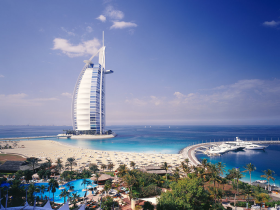
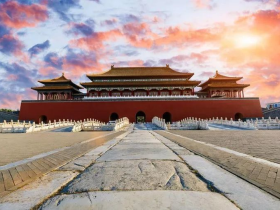
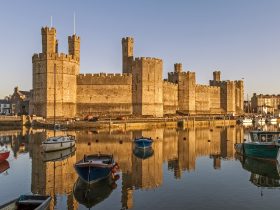
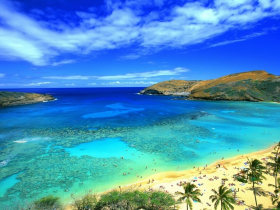
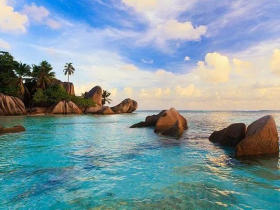
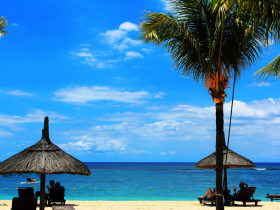

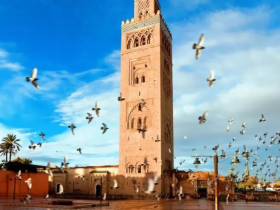
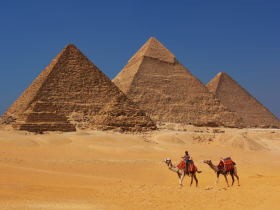
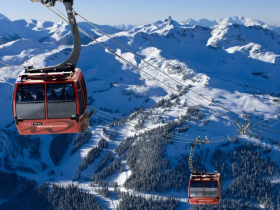
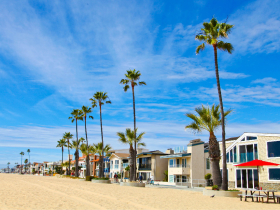
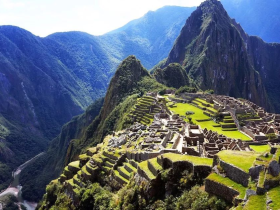
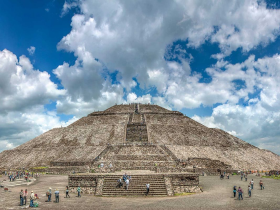
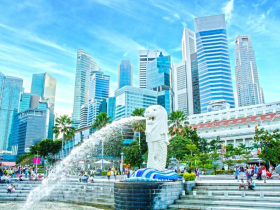
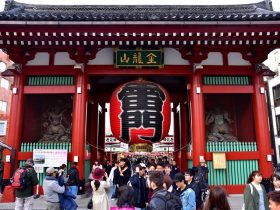
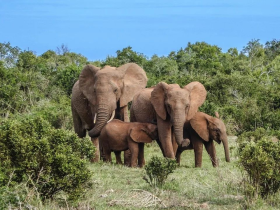
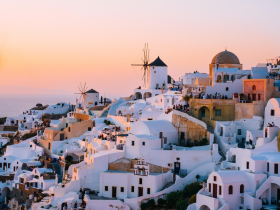
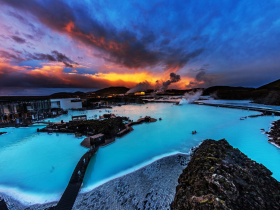
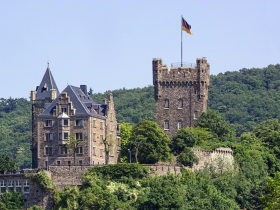
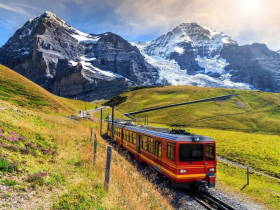

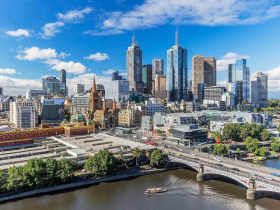
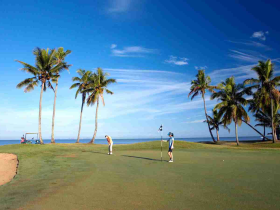
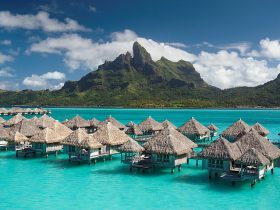
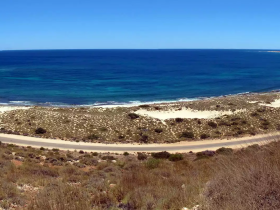
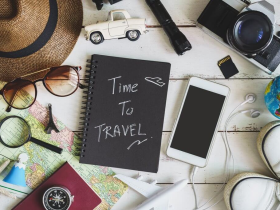
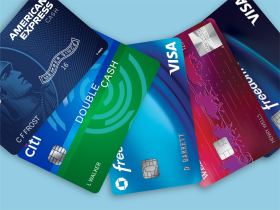
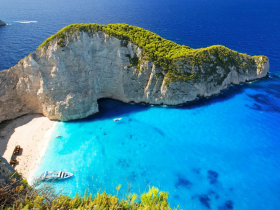
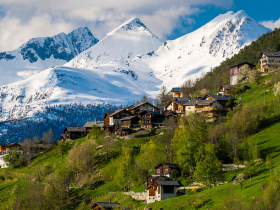
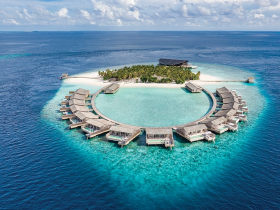
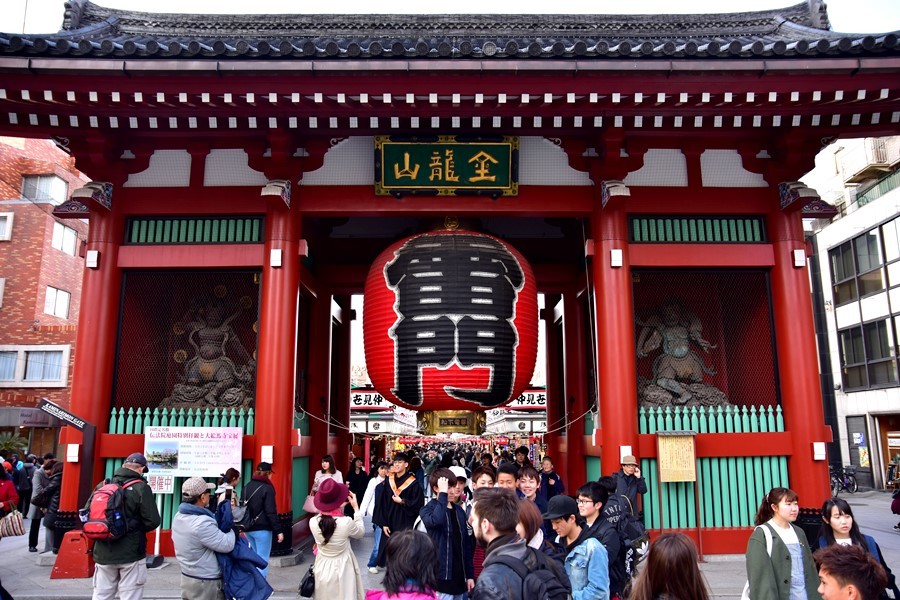
Leave a Reply